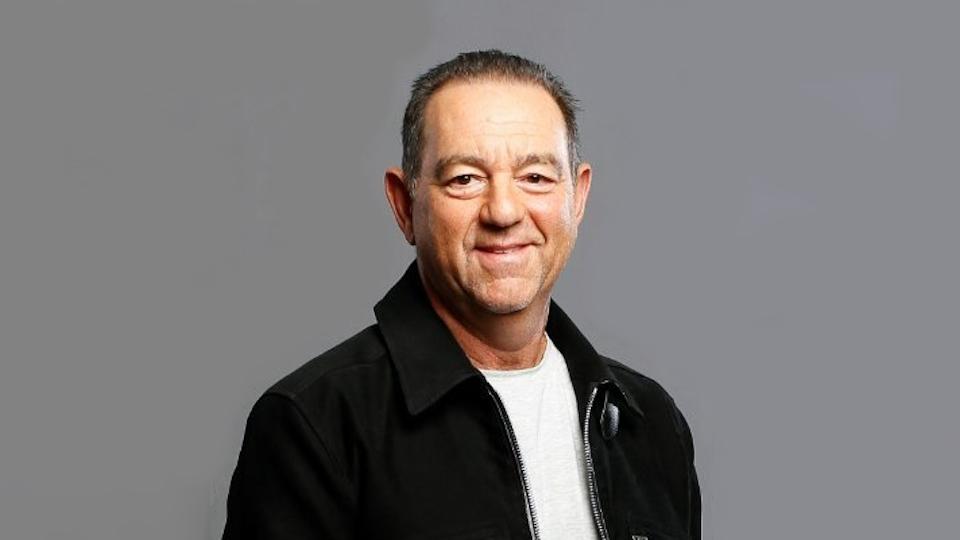Google Glass tested for emergency room use

Google Glass can help doctors diagnose poisonings presenting in intensive therapy units and could cut treatment costs, according to US researchers.
The team from University of Massachusetts (UMass) Medical School say the head-mounted, hands-free device can replace computers linked to toxicology databases that are generally fixed to a cart and rolled into the emergency room.
The device could also put toxicology specialists in direct contact with doctors dealing with poisonings, even if they are in remote setting such as rural hospitals, they suggest.
"Our work shows that the data transmitted by Google Glass can be used to supplement traditional telephone consults, validate bedside physical exams, and diagnose and manage patients," said Peter Chai, a toxicology specialist at UMass who led the study.
In the assessment, physicians wearing Google Glass evaluated the patients at bedside while a secure video feed was sent to a toxicology consultant. The consultant guided the doctors via text messages displayed on the device, and also obtained static photos of medication bottles, electrocardiograms and other pertinent information.
Consulting toxicologists reported being more confident in diagnosing poisonings using Google Glass than via traditional means such as telephone consultations and, tellingly, the study found that patient care was changed as a result of the device's use, with six patients given antidotes they would not otherwise have received.
While Google has delayed the roll-out of Google Glass as a consumer device, the latest study indicates that the technology is still being actively pursued for specialist applications.
Last month, the tech giant said it saw the future of the programme in the enterprise sector, listing healthcare among the areas most active in terms of applications development. It is due to launch Google Glass 2.0 later this year and will distribute it through its ten 'Glass at Work' partners, five of which are interested in healthcare uses.
Google becomes Alphabet
The new study was published in the Journal of Medical Technology shortly before it emerged that Google is being restructured with the creation of a new holding company, called Alphabet, which will give greater autonomy to its individual operation units.
These include its Life Sciences division, responsible for technology such as its glucose monitoring contact lenses and diagnostic nanoparticles, as well as drug development arm Calico.
Google founders Larry Page and Sergey Brin will become chief executive and president of Alphabet, respectively, while Page's deputy Sundar Pichai becomes CEO of Google, which will now operate as a subsidiary company.
In a blog post, Page said the move "allows us more management scale, as we can run things independently that aren't very related."
Related article
Tunnah's musings: G is for Google, but Alphabet has H for health at the centre











